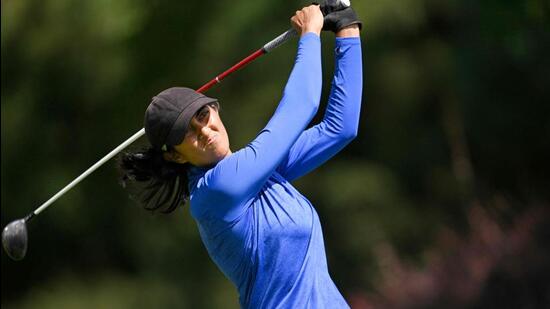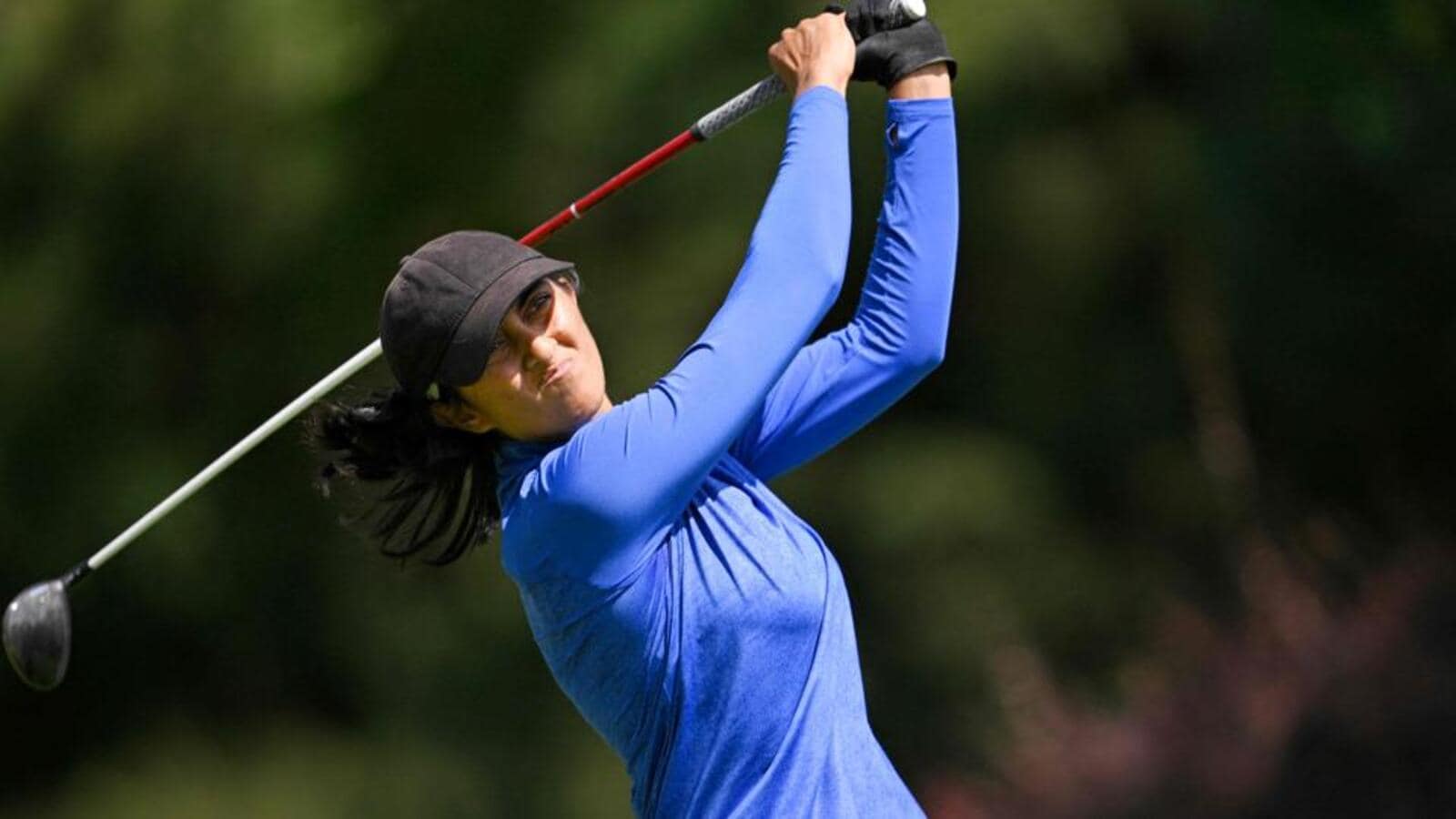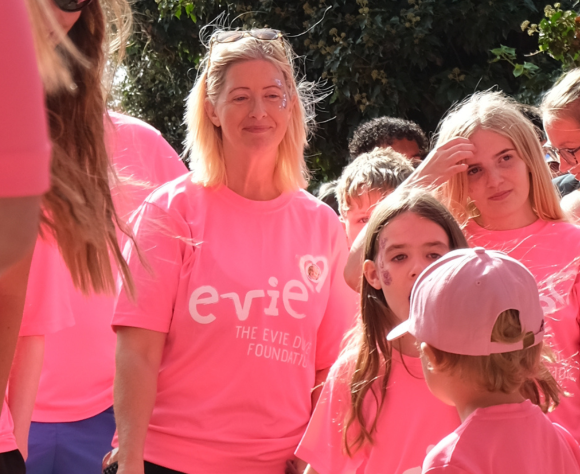New Delhi: For all practical purposes, year 2021 marked a seminal moment in Indian golf. Aditi Ashok’s fourth-place finish at Tokyo Olympics not only gave women’s golf much-needed impetus but also brought it into wider consciousness. Much was expected after Aditi came within one shot of winning India’s first Olympic medal in her sport, but curiously, women’s golf has failed to ride the rare momentum.
 Aditi Ashok plays in The Standard Portland Classic 2025 LPGA event in Portland, Oregon on August 17. (AFP)
Aditi Ashok plays in The Standard Portland Classic 2025 LPGA event in Portland, Oregon on August 17. (AFP)
Aditi followed her Olympics run with a silver medal at the Asian Games in Hangzhou two years later while Diksha Dagar has come along nicely over the past few years, but such spikes have been sporadic at best. Aditi primarily competes on the LPGA Tour while occasionally turning up for the Ladies European Tour (LET). Diksha, on the other hand, has been competing regularly in Europe since 2019.
Following her near-miss in Tokyo, Aditi has won twice on LET in 2023 while Diksha backed up her win at the European Tour’s South African Women’s Open in 2019 with a four-stroke victory in Czech Ladies Open South African Women’s Open in 2023.
In nine years since Aditi turned pro, she and Diksha remain the only Indian women golfers to win on the LET. The two are still going strong — Aditi finished sixth at Portland Classic last week while Diksha has seven top-10 results on LET this year. Barring them though, there’s precious little to celebrate. Youngsters such as Pranavi Urs and Avani Prasanth have shown promise, but the wait for an overseas win has only got longer, as has the gulf between Aditi, Diksha and the rest.
Women’s Golf Association of India (WGAI), however, chooses to look beyond the trophies. “What Aditi has done for Indian golf is unparalleled and there’s a lot of fire in our girls to go out there and perform,” WGAI secretary general Champika Sayal said.
The Indian Golf Union (IGU) currently has over 200 women amateurs under its fold across all age groups while the number of professionals — who compete under the WGAI umbrella — is only around 30. A minor uptick is that besides Aditi and Diksha, other golfers are finally getting the starts in low prize money events on the LET. Case in point being the fact that as many as seven Indian girls will tee off at the inaugural €3,00,000 Hills Open set to begin in Sweden’s Gothenburg on August 22.
“There’re so many other professionals who are playing on the European tour. I’ve had numerous top 10 finishes, which is also a great feat,” said the experienced Vani Kapoor who has five top-10 finishes on the LET, the last of which came this June when she finished T-6 at the German Masters in Hamburg.
“Initially, there were probably just two girls, Smriti Mehra and Sharmila Nicolet, who would always be playing overseas. But out of 30-odd pros, we have about 15 competing in different overseas tours. The depth and quality of the field has really grown,” Vani, who is also the current Order of Merit leader on the domestic Women’s Professional Golf Tour (WPGT) with four wins from nine starts, reasoned.
Ridhima Dilawari, second on WPGT rankings, agreed. “I feel there’re a lot of other female golfers who’ve made a mark as well. We have 30 odd professional women golfers in the country. And out of that, about 10 are competing on various international tours which is not a bad percentage. Given the amount of resources and how the system is in this country related to sports, I think we have done very well,” she said.
While those assessments do sound fairly defensive, even defeatist, Vani and Ridhima have their reasons. The paucity of resources that Ridhima alluded to is evident from the fact that besides the annual Hero Women’s Indian Open, Indian golfers do not get a chance to compete in an elite international field at home. There are no LET Access Tour events either, and the only incentive for the girls to turn up on 13-leg WPGT is the handful of spots on offer on the LET.
“The conditions are vastly different between India and Europe, right from wind to courses. We need golfing Gods to align to win in Europe,” said Vani.
WGAI, on their part, are in talks to get some Asia-Pacific Golf Confederation (APGC) events to India although nothing has been finalised yet.
“We’ve been in talks with people from the APGC which is very heavily backed by Korea and their partners in Southeast Asia. We have been looking for sponsors to support a smaller event in India. Our talks have not matured yet, but they are very, very much in the pipeline,” Sayal assured.
Another solution, the golfers believe, lies in the upcoming Indian Golf Premier League (IGPL). While the IGPL Tour is set to begin in a month or so — the exact dates remain unknown as of now — the league itself will be held early next year. Unlike the PGTI that is at loggerheads with IGPL, WGAI has embraced the upcoming intervention.
“We have to accept the change and be futuristic,” Sayal said of the league’s no-cut, mixed-team format. “Besides, it will provide an excellent opportunity for our golfers to play alongside the international stars which will improve their game immensely.”
As of now, 12 WGAI players will be part of IGPL with top six on WGAI order of merit getting direct berths. The remaining six will be invited by IGPL to play on the tour.
“We’ve been able to have a great timeshare with the IGPL. They have got 8-10 events, which is good for us because our players have weeks off in the year,” Sayal said.







